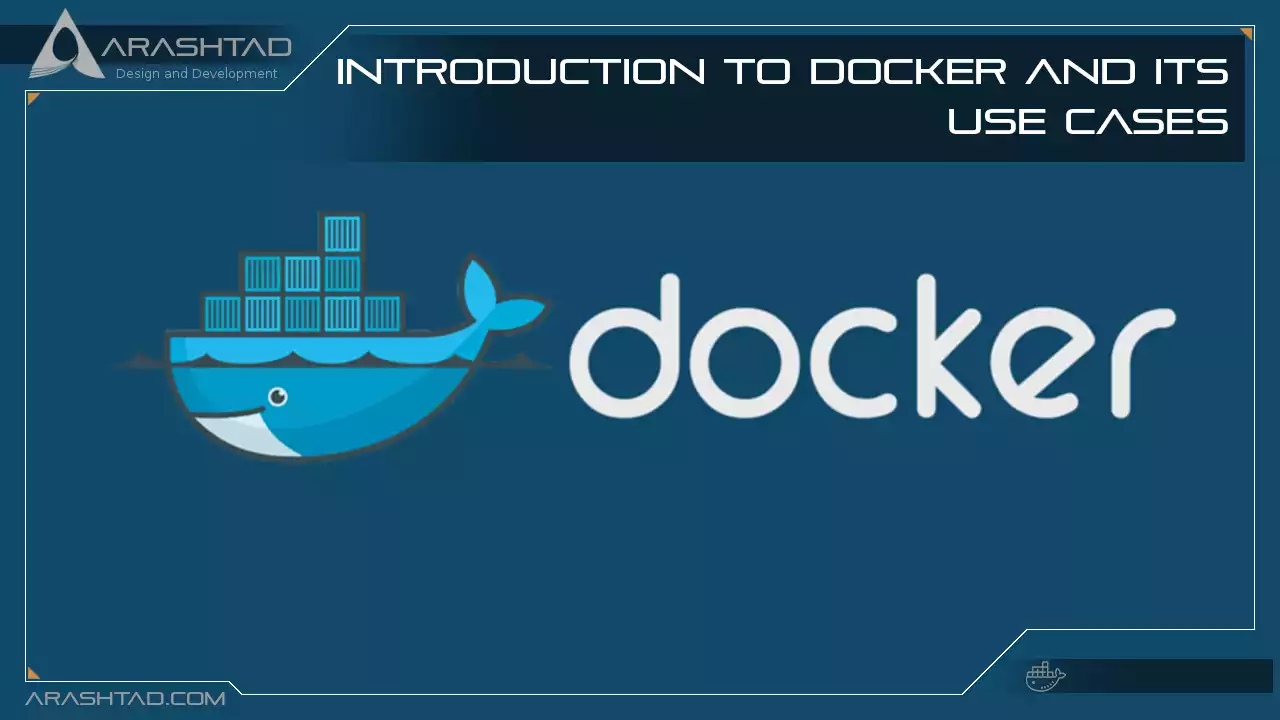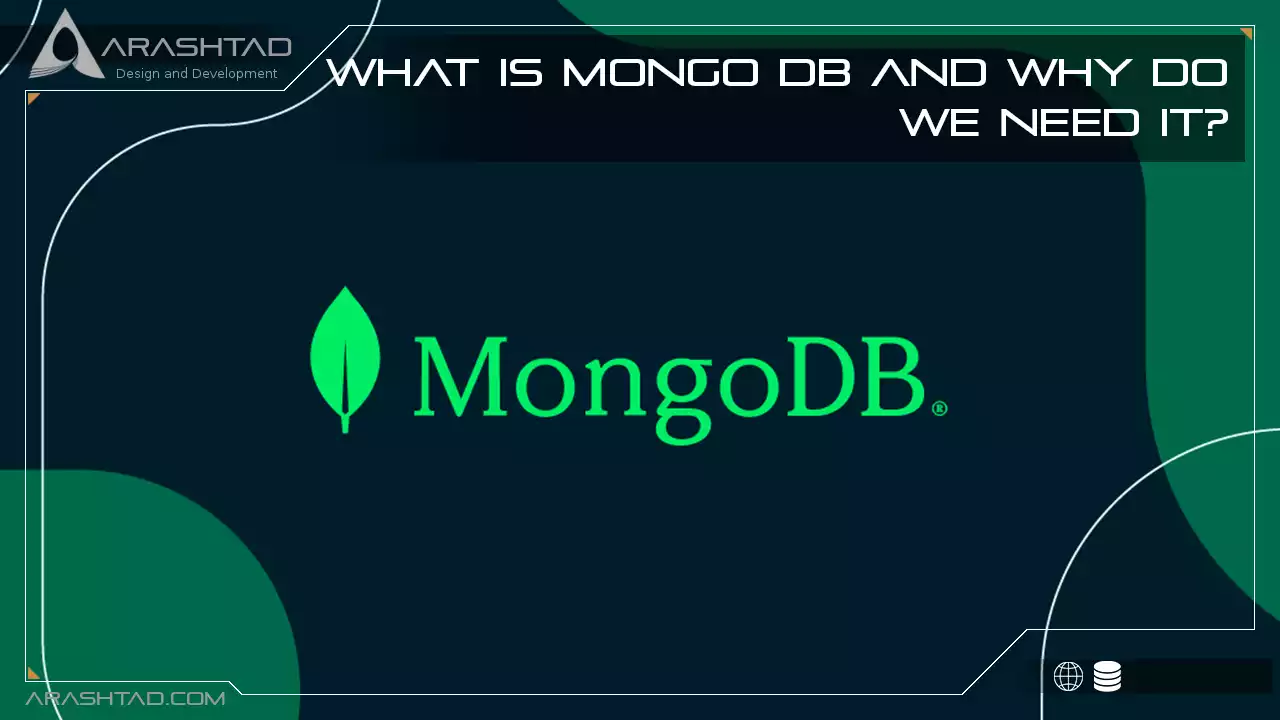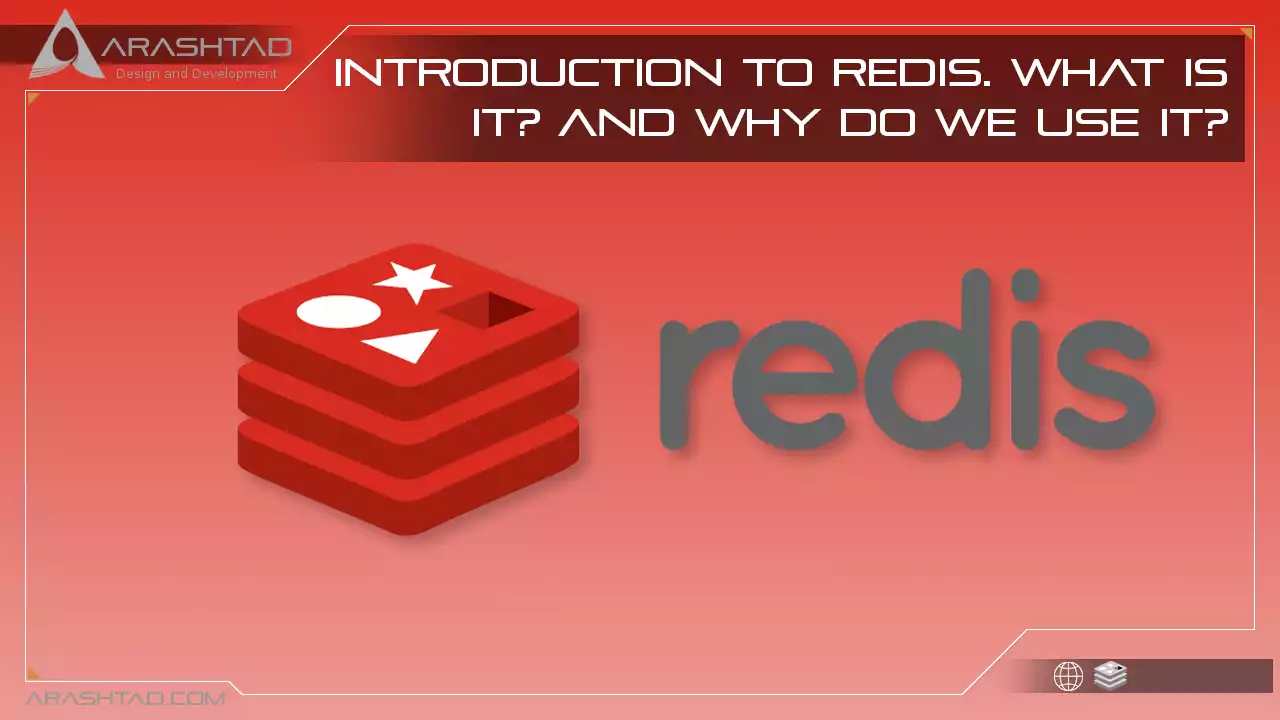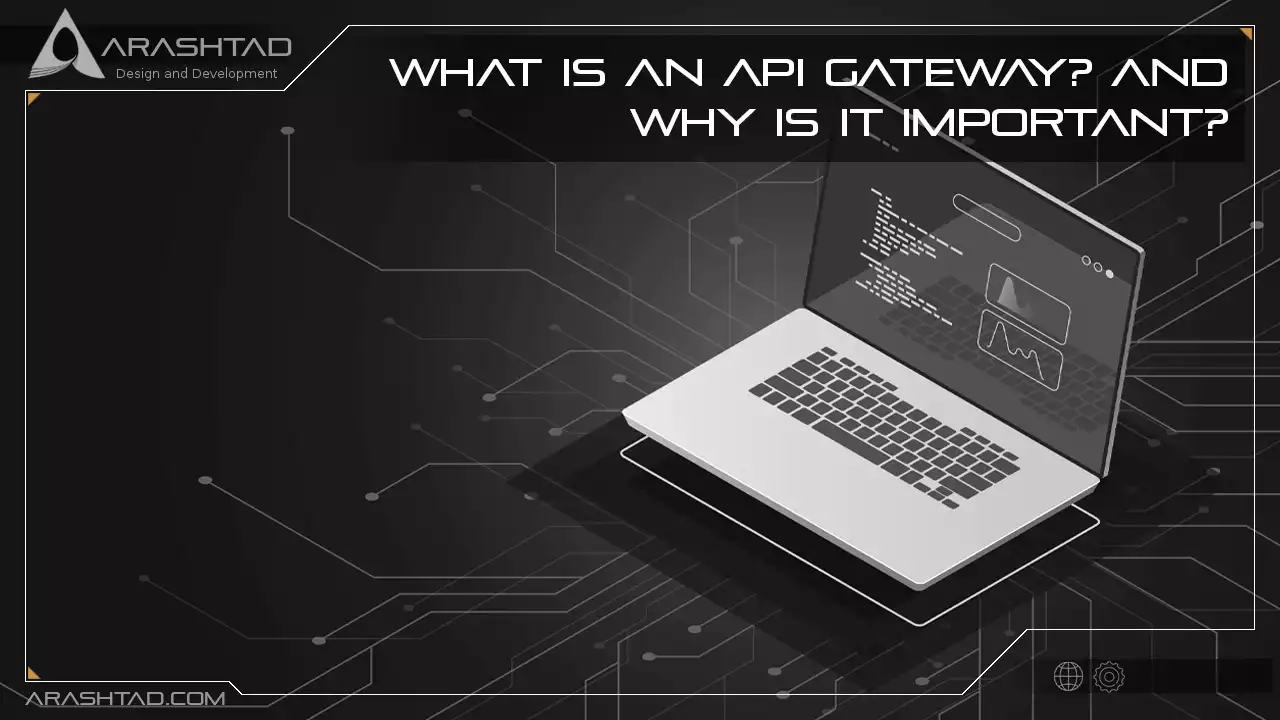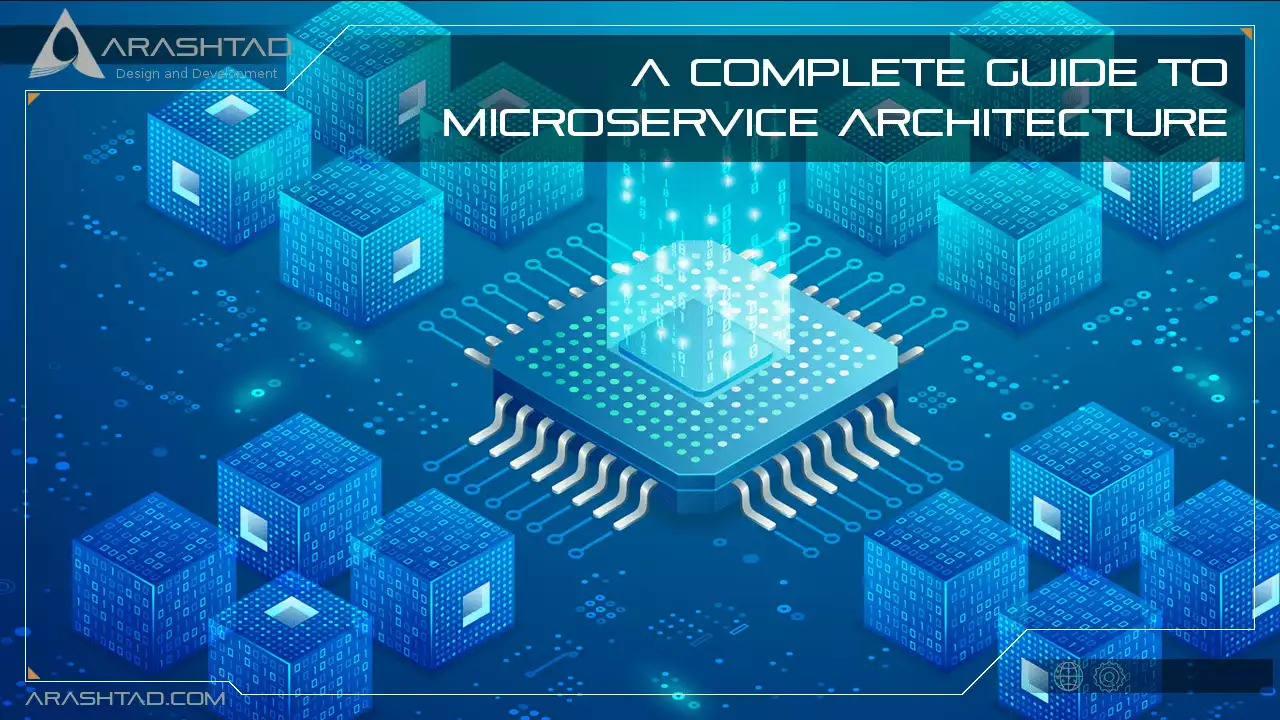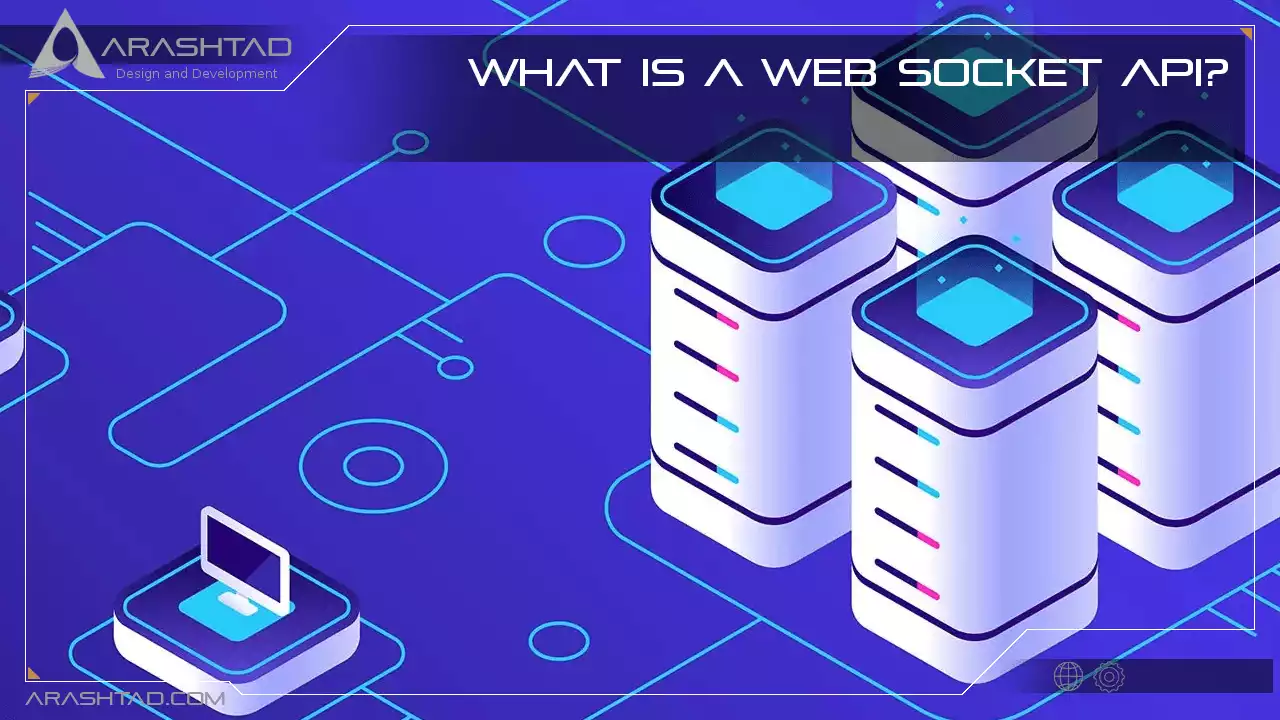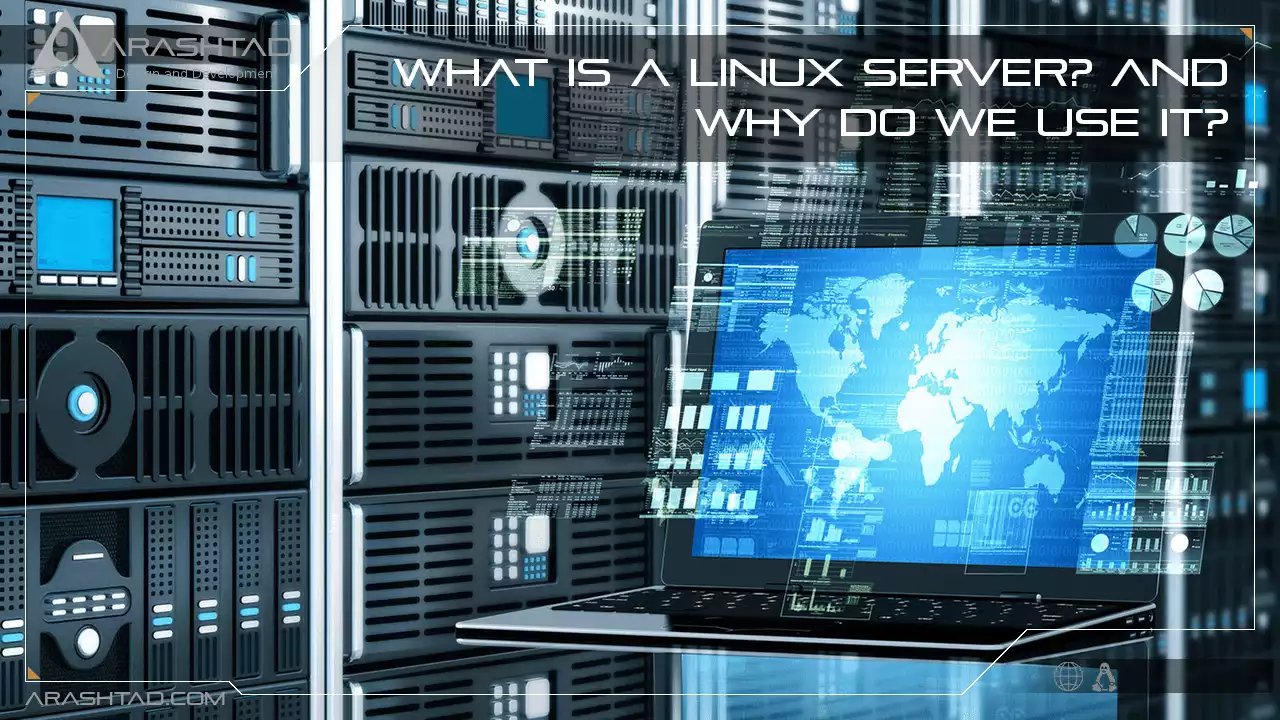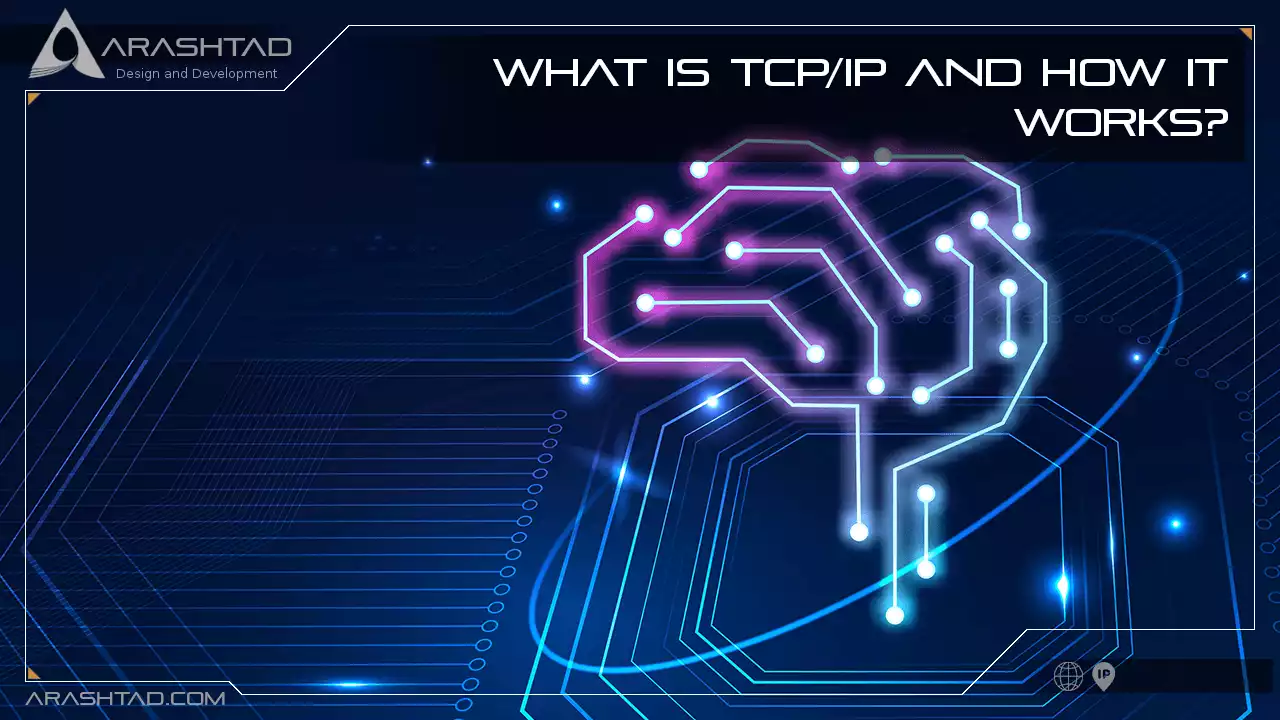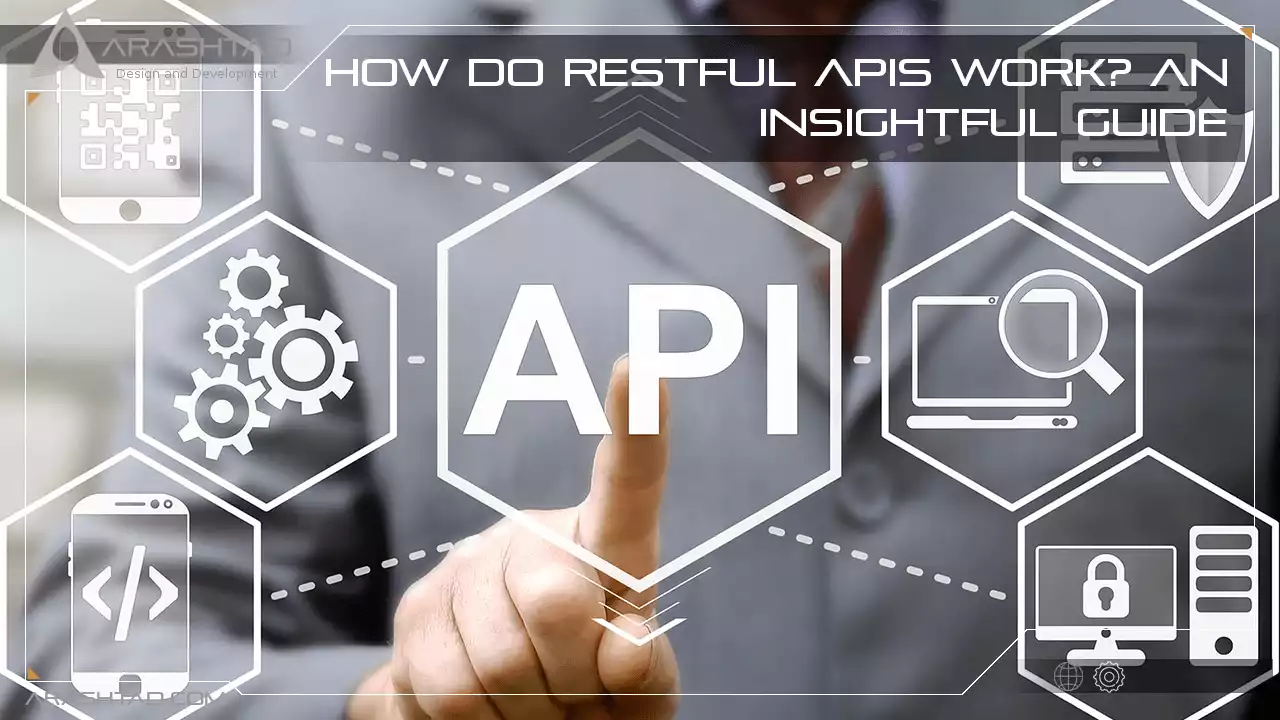Arashtad Blog
Introduction to Docker and its Use Cases
Several development teams are focusing on Docker as one of their favorite container-based platforms. It is becoming increasingly popular due to its reliability, performance, and functionality. The open-source containerization software and its underlying components must therefore be understood. In this article, we will focus on Docker, containers, use cases of Docker, its advantages, and its differences from Virtual Machines. What is Docker? The Docker containerization platform provides a lightweight virtualized environment called a container that allows developers to develop, deploy,...
Read MoreWhat is Mongo DB and Why do We Need it?
The MongoDB document database is an open-source platform with horizontal scale-out architecture and a flexible schema for storing data. It was founded in 2007 and has gained a widespread following among developers across the globe. MongoDB databases store data as documents, not as tables of rows and columns. each record is described as a document in BSON, a binary representation of the data. In JSON format, applications can retrieve this information. MongoDB offers a replacement for traditional relational database systems...
Read MoreIntroduction to Redis. What is it? And Why Do we Use it?
A NoSQL database known as Redis (which stands for Remote Dictionary Serve) is an in-memory key-value data store, cache, message broker, and queue that runs quickly. This project was initiated by Salvatore Antirez Sanfilippo, the original developer. He developed a real-time web log analyzer and wanted to increase the scalability of his startup in Italy. In response to significant difficulties scaling some types of workloads using traditional database systems, he began prototyping the first proof of concept version of Redis....
Read MoreWhat is an API Gateway? And Why is it Important?
API gateways are tools that allow you to manage APIs between a client and a collection of backend services. API gateways act as reverse proxies to collect API calls from clients, aggregate the services required to fulfill them, and return the appropriate results. An API gateway sits in front of a set of APIs or microservices to coordinate data requests and delivery. In addition to acting as a single entry point and standardizing interactions between apps, data, and services, API...
Read MoreA Complete Guide to Microservice Architecture
An architecture based on microservices consists of a series of small, autonomous services. Each service is self-contained and should implement a single business capability within a bounded context. a bound context is a natural division within a business and provides a definite boundary within which a domain model can be applied. In a microservice architecture, services are loosely coupled and can be developed, deployed, and maintained independently. These services each handle a discrete task and can communicate with other services...
Read MoreWhat is a Web Socket API?
A WebSocket API is a modern technology that can establish a two-way interactive communication session between a user's browser and a server. By using this API, you can send messages to a server and receive event-driven responses without polling the server. Most commonly, WebSocket is a duplex protocol that is used in client-server communications. Client-server communication is bidirectional, which means it goes back and forth between the client and the server. What is a Web Socket? A WebSocket is a...
Read MoreWhat is a Linux server? And Why do we Use it?
Linux servers are widely used today and considered among the most popular due to their stability, security, and flexibility, which outperform standard Windows servers. These servers are built on the Linux operating system. And as these operating systems are open-source, users benefit from a strong community of resources and advocates. But that is not the only reason why these servers are so popular, they are also designed to handle more intense storage and operational needs of larger organizations and their...
Read MoreWhat is TCP/IP and How does it Work?
TCP/IP which is the acronym for Transmission Control Protocol/Internet Protocol is a set of standardized rules that allow computers or network devices to communicate with each other. This communication can either be on the internet or on a private network like an intranet. The TCP/IP protocol suite functions as an abstraction layer between internet applications and the routing and switching fabric. TCP/IP functionality TCP/IP determines how data should be exchanged on the internet by providing end-to-end communications that specify how...
Read MoreHow do RESTful APIs work? An Insightful Guide
RESTful APIs are the kind of APIs that follow the constraints of a REST architectural style. We have covered a full article on the background architecture of this kind of API, its pros and cons, and its principles. This article focuses mainly on the way the REStful APIs work, client requests, and server responses in these APIs. If you want to get familiar with the way these APIs work and then use different frameworks, follow along with the article to...
Read MoreGetting Started with Nginx on Linux: a Complete Tutorial
Nginx Nginx pronounced Engine-Ex, is a popular and open-source, lightweight, and high-performance web server software that also acts as a reverse proxy, load balancer, mail proxy, and HTTP cache. Nginx is easy to configure in order to serve static web content or to act as a proxy server.It can be deployed to also serve dynamic content on the network using FastCGI, SCGI handlers for scripts, WSGI application servers or Phusion Passenger modules, and it can serve as a software load...
Read More
